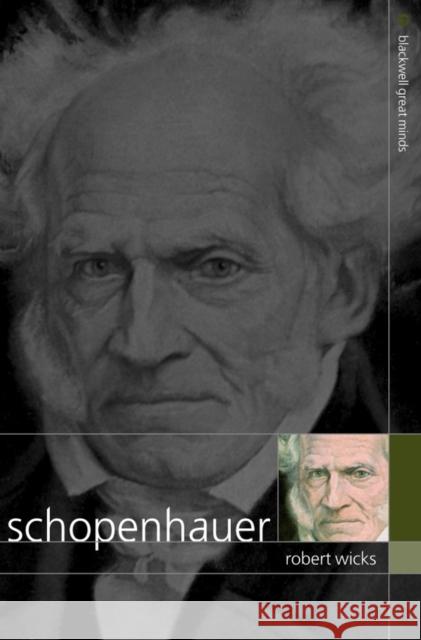Schopenhauer » książka
topmenu
Schopenhauer
ISBN-13: 9781405134798 / Angielski / Twarda / 2008 / 216 str.
Schopenhauer
ISBN-13: 9781405134798 / Angielski / Twarda / 2008 / 216 str.
cena 454,65 zł
(netto: 433,00 VAT: 5%)
Najniższa cena z 30 dni: 439,85 zł
(netto: 433,00 VAT: 5%)
Najniższa cena z 30 dni: 439,85 zł
Termin realizacji zamówienia:
ok. 22 dni roboczych.
ok. 22 dni roboczych.
Darmowa dostawa!
This innovative volume presents an insightful philosophical portrait of the life and work of Arthur Schopenhauer.
- Focuses on the concept of the sublime as it clarifies Schopenhauer's aesthetic theory, moral theory and asceticism
- Explores the substantial relationships between Schopenhauer's philosophy and Buddhism, Hinduism, and Christianity
- Defends Schopenhauer's position that absolute truth can be known and described as a blindly striving, all-permeating, universal -Will-
- Examines the influence of Asian philosophy on Schopenhauer
- Describes the relationships between Schopenhauer's thought and that of Hegel, Nietzsche, and Wittgenstein.











